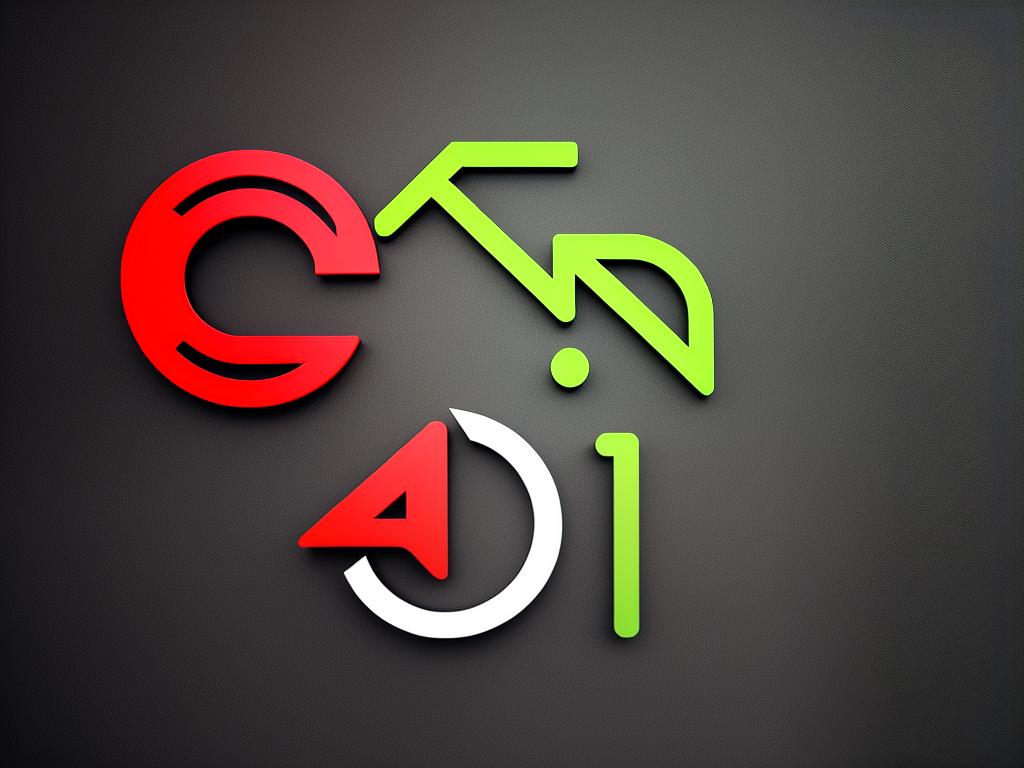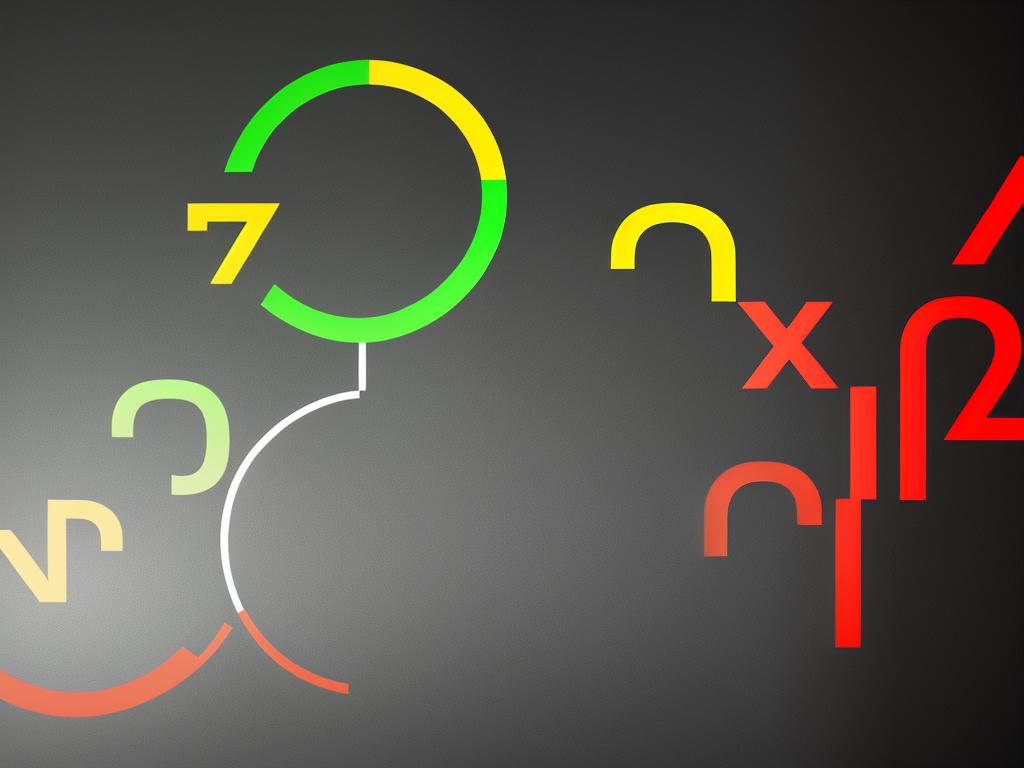As we journey into adulthood and prepare to pursue higher education or vocational training, understanding the complexities of education loans becomes imperative. One crucial aspect of this understanding is differentiating between fixed and variable interest rates, as your choice can significantly impact the overall cost of borrowing. By grasping the fundamental concepts of interest rates and immersing ourselves in an in-depth review of fixed rates and a comprehensive analyses of variable rates, we equip ourselves with the knowledge necessary to make the wisest financial decision. Finally, knowing how to choose between fixed and variable interest rates by considering specific key factors further empowers us to manage our financial future effectively. Let’s take a deep dive into the world of interest rates and unpack how they apply to education loans.
Understanding Interest Rates
Understanding Interest Rates
Interest rates are at the core of practically every monetary decision, from purchasing a house to taking out a student loan. Simply put, an interest rate is the cost of borrowing money. It is usually expressed as a percentage of the loan amount and influenced by a variety of factors including inflation, economic growth and monetary policy decisions made by the Federal Reserve.
When you borrow for education, interest is charged on the amount you borrow, forming the cost of the loan. This means, the higher the interest rate, the more expensive it will be to borrow money. However, not all loans have the same type of interest rate. Generally, loans come with either a fixed or variable interest rate.
Fixed Interest Rates
A fixed interest rate is exactly what it sounds like: the rate is set at the beginning of the loan and will not change over time, regardless of nationwide increases or decreases in interest rates. This means that each month, your loan payment will be exactly the same. If you have a budget that can’t handle much flexibility, this is a great option to help ensure that you don’t get caught off guard by varying loan payments.
The major advantage of fixed interest rates is predictability. Despite changes in the economy or in the base rates set by the Federal Reserve, your monthly payment will remain the same throughout the life of the loan. This allows for more accurate long-term financial planning.
Variable Interest Rates
Unlike fixed rates, variable interest rates fluctuate over time. They are typically based on an underlying benchmark or index that changes periodically. If that benchmark increases, your interest rate—and loan payments—will also increase. Conversely, if that benchmark decreases, your loan payments may decrease.
The main potential advantage of a variable interest rate is that it could be lower than a fixed rate, at least initially. If you’re fortunate, rates could stay low or even decrease over the life of your loan. However, there’s always the risk that rates could rise, potentially making the cost of your loan more expensive over time.
Choosing Between Fixed and Variable Interest Rates for Education Loans
When deciding between a fixed or variable interest rate, consider your ability to pay if your rates rise. If you’re applying for a long-term loan for education, a fixed rate will provide stability, especially if current rates are low. If you anticipate paying off the loan relatively quickly, a variable rate may be attractive for its initial lower cost, but be aware that it comes with more uncertainty.
Your decision should hinge on your financial circumstances, risk tolerance, and the terms of the loan. For some, the assurance of a fixed interest rate makes most sense and for others, the gamble of a variable interest rate could potentially pay off.
When it comes to education loans, remember that everyone’s financial situation is different. What might work best for others, may not be the ideal choice for you. Therefore, it’s crucial to take your time and thoroughly study all your options before making a decision that aligns with your personal financial condition.
Fixed Interest Rates: An In-depth Review
Insights on Fixed Interest Rates for Education Loans
When we refer to a ‘fixed interest rate’ in terms of education loans, the rate of interest doesn’t change during the course of the loan. This implies that, right at the outset of the loan, a fixed amount for interest is calculated and predetermined that remains consistent, irrespective of any alterations in the economy.
Choosing a fixed interest rate for your loan can give you stability. This is due to the fact that irrespective of the ups and downs of the economy, your repayment amount remains constant. Knowing the exact total of your payments, without any sudden surprises, can bring peace of mind and assist in budget planning for your education expenses.
Nevertheless, fixed interest rates also exhibit some less desirable aspects. Notably, these rates often start off higher than variable rates. This signifies that, if the variable rate doesn’t escalate significantly over the loan’s timeframe, you may end up paying more in terms of interest as compared to a loan with a variable rate.
Deciding Between Fixed and Variable Interest Rates
Deciding between fixed and variable interest rates for your education loan largely depends on your financial outlook and risk tolerance. Variables rates are often lower to start with, but as they are tied to the market index, they can go up over time. They do, however, offer the potential for significant savings if rates remain low.
On the other hand, if you choose a fixed interest rate loan, you’re locking in a certain rate, and this can be beneficial if rates rise significantly in the future. Even though the initial rate may be higher, over time, you could end up paying less in interest than you would with a variable rate loan.
You should consider economic conditions and projections while making this decision. If the rates are currently low and are projected to increase, a fixed rate might be a safer choice. If the opposite is true, then a variable rate might be beneficial. Additionally, consider your timeline for repayment. Longer timelines might benefit from fixed rates to protect against potential rate increases, while shorter timelines might benefit from initially lower variable rates.
Concluding Remarks on Interest Rates
Your choice between a fixed or variable interest rate on your education loan should take into account your tolerance for risk, your financial stability, and a detailed review of the prevailing economic environment. By comprehending the intricacies of these two distinct rate types, you can make an enlightened choice that aligns with your individual requirements and financial aspirations. Additionally, it would pay to consult with financial advisors to ensure your decision is well-informed and tailored to your circumstances.

Variable Interest Rates: A Comprehensive Analysis
A Closer Look at Variable Interest Rates
In essence, a variable interest rate is a type of rate on a loan or security that varies over time. This is because it relies on an underlying benchmark or index that is subject to change over the course of time, as opposed to a fixed interest rate, which stays consistent throughout the term of the loan.
In the United States, the primary benchmark for these variable rates is the Prime Rate, which is monitored by the Wall Street Journal. This rate is the interest that banks levy on their most creditworthy customers. While other indexes like the U.S. LIBOR (London Interbank Offered Rate) are still used, they are less popular.
How to Calculate Variable Interest Rates
Variable interest rates are calculated by adding a margin or spread to the base index rate. For example, if the Prime Rate is 3.25%, a lender might offer a variable rate loan at “Prime plus 2%.” In this scenario, the initial interest rate on the loan would be calculated as 3.25% + 2% = 5.25%.
The “spread” remains constant over the life of loan, but as the index rate changes, the interest rate on the loan adjusts accordingly. For education loans, there is usually a cap on how much the interest rate can increase over time.
Pros and Cons of Variable Interest Rates
Variable interest rates offer both advantages and disadvantages. On the upside, variable rates are typically lower than fixed rates at the beginning of the loan term, providing an initial period of lower payments. This feature can be attractive for borrowers who plan on paying off their loans quickly.
On the downside, there is an inherent risk involved because the rates can increase over time. If the benchmark rate rises significantly during the loan term, borrowers will face higher payments. In the worst-case scenario, this could lead to difficulties in keeping up with the loan payments.
Considering Variable Rates for Education Loans
For budding individuals kickstarting their careers, obtaining a variable interest rate loan for education could be a financially mindful option. There are certain circumstances where this might be the case – maybe you’ve landed a promising job offer or have another source of income that can aid in swift repayment. Leveraging the initially low payments that variable rate loans provide could be beneficial.
Another plausible situation could arise if you foresee the interest rates either decreasing or maintaining stability throughout your loan period, potentially gaining from the reduced interest. It’s crucial to keep in mind though, that accurately forecasting interest rate flow can be tricky, even for experts.
In essence, while variable interest rates offer appealing advantages, they’re coupled with inherent risks too. Comprehending the dynamics, benefits, and drawbacks of variable rates can significantly aid your decision-making process when exploring educational loans.

Choosing Between Fixed and Variable Interest Rates
Decoding the Enigma of Interest Rates: Fixed vs Variable
As an emerging adult in the professional world, deciphering the complicated realm of student loans can seem daunting. One of the most crucial decisions you’ll have to make is choosing between a Fixed and Variable Interest Rate Loan. By grasping the subtleties and long-term impacts of each option, you’ll be able to align your choice with your financial objectives and risk appetite.
Decoding Fixed Interest Rates
In a fixed-rate loan scenario, the interest rate remains unaltered for the entire life of the loan. James R., a college sophomore, availed a federal student loan with a fixed interest rate of 5%. Irrespective of market fluctuations, James will continue to pay this fixed rate for the agreed loan term.
The chief advantage of fixed rates is predictability. You know exactly how much you’ll be paying each month allowing for budget certainty. However, if market rates reduce considerably, you might end up paying more than what could have been the case with a variable rate.
Understanding Variable Interest Rates
Unlike fixed rates, a variable interest rate can fluctuate over time based on the market or an index rate. For instance, Sofia M., a law school graduate, opted for a variable interest rate loan which started at 4% but currently stands at 6% due to market trends.
Variable rates are typically lower than fixed rates, at least initially. They’re tempting, as they can lead to considerable savings if market rates remain stable or drop over time. However, they carry the risk of rate increase, making it harder to predict long-term costs.
Making an Informed Decision
There are no one-size-fits-all solutions when it comes to choosing between fixed and variable interest rates – it depends on individual circumstances and market trends.
Peer into your financial future and habits. If you are comfortable with a set amount being deducted from your account every month and prefer a certain budget, a fixed rate might be your best bet. If you are a risk-taker, and can absorb potential fluctuations in repayments, a variable rate can be considered.
Tools for Rate Comparison
Plenty of online tools like loan calculators and spreadsheets are at your disposal to compare the two rates. These calculators, wherein you can plug in different interest rates and loan terms, help visualize how each option affects your overall repayment costs.
Wrapping it up
Choosing a suitable interest rate type for your education loan is a critical decision that impacts your long-term finances. Weigh the pros and cons, align them with your individual circumstances, and make an informed choice. After all, the pursuit of knowledge shouldn’t leave you knee-deep in financial distress.

After an exhaustive exploration of fixed and variable interest rates, their workings, benefits, drawbacks, and the process of making a choice between them, we have developed a burgeoning understanding of this intricate field. The realm of interest rates may seem intimidating at first, and education loans may appear daunting. Yet, with the knowledge and comprehension gleaned, we can navigate our way more confidently. Remember, choosing between a fixed and variable interest rate is not just about crunching numbers, it is also about understanding your personal circumstances, your capacity to take risks, and the current market trends. As we master this understanding, we bring ourselves a step closer to financial autonomy, making truly informed decisions about our education and future.
